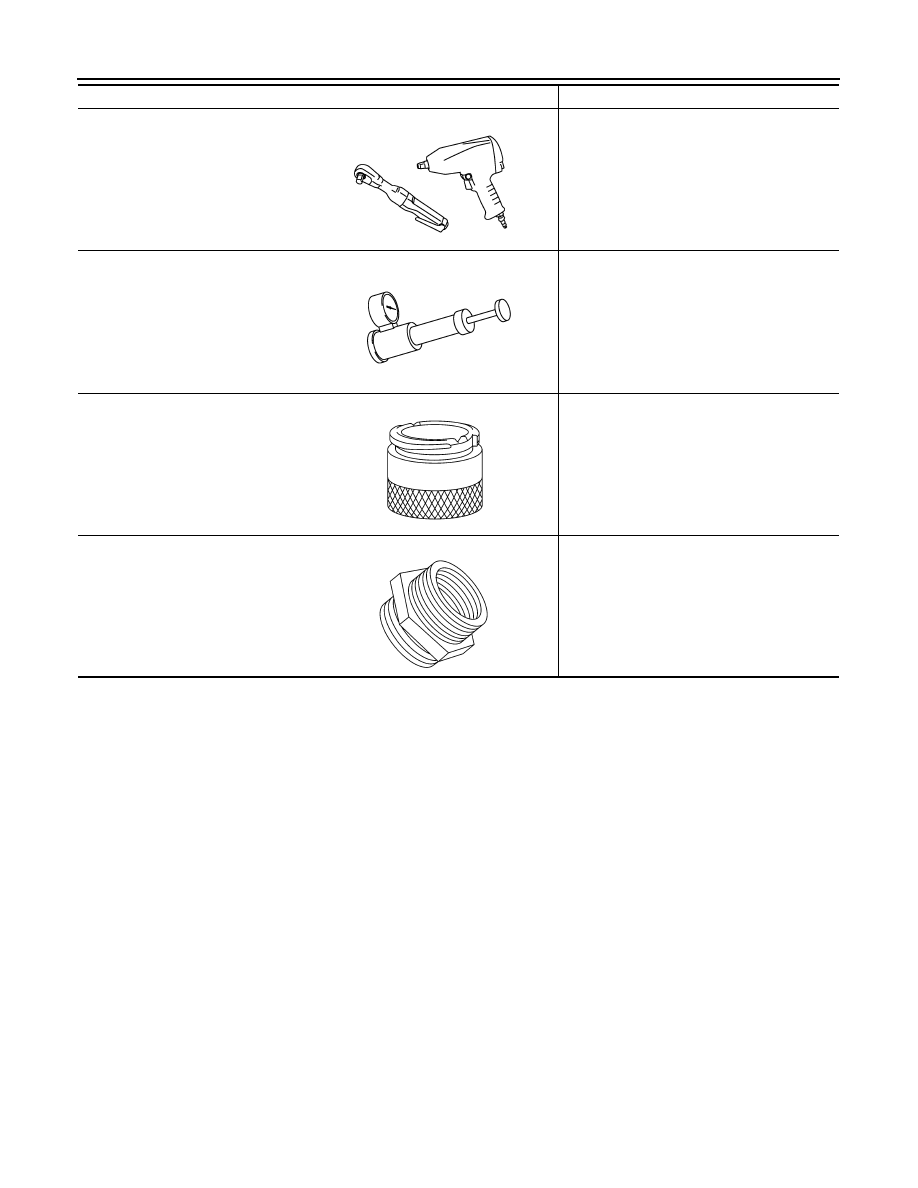Nissan Pathfinder (2010 year). Manual - part 126

CO-6
< PREPARATION >
[VQ40DE]
PREPARATION
Tool name
Description
Power tool
Loosening bolts and nuts
Radiator cap tester
Checking radiator and radiator cap
Coolant system tester adapter
Adapting radiator cap tester to reservoir filler
neck
Coolant system tester adapter
Adapting radiator cap tester to reservoir cap
PBIC0190E
PBIC1982E
WBIA0408E
WBIA0409E
2010 Pathfinder